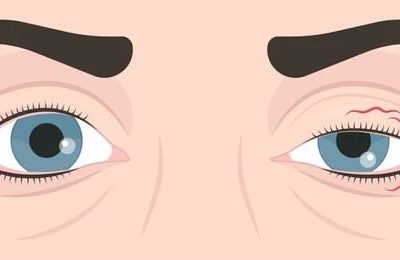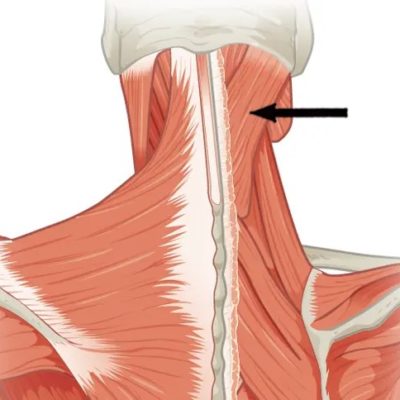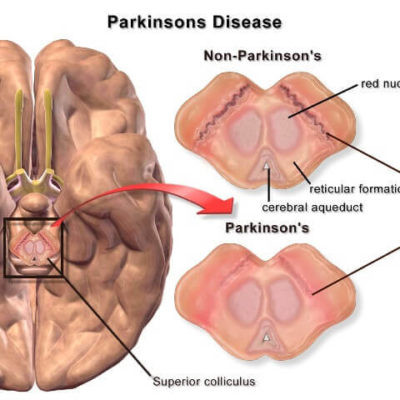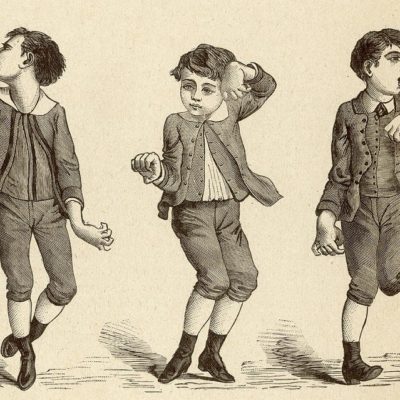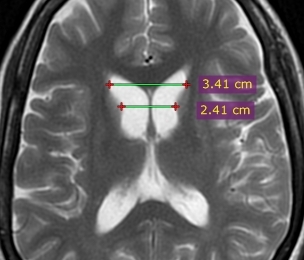
Title of article: Essential Tremor (ET)
Author: Hadeel Abu-Atiyeh
Editors: Haneen Al-Abdallat, Haneen A. Banihani
Reviewer: Ethar Hazaimeh
Keywords: ET, movement disorder, involuntary, Parkinson
Overview
Essential tremor (ET), a movement disorder, is considered a benign neurological condition that typically presents as involuntary symmetrical rhythmic contractions and relaxations. This disorder can either manifest as an action tremor that intensifies during voluntary movements such as writing and eating and/or a postural tremor with sustained muscle tone. It usually affects the upper limbs but can also involve the head, face, voice, and lower limbs.1
While it is classified as ‘benign,’ there are many challenges associated with this disorder. Research has described many associated disturbances in those with essential tremors, including personality, hearing, and cognitive changes. This disorder is considered multifactorial, with an epidemiologic, pathologic, and genetic component, but with little understanding about the etiologies of this syndrome, especially since it is usually misdiagnosed by many physicians as its signs and symptoms can overlap with many other diseases such as Parkinson’s, drug-induced tremor and dystonia (1). All these challenges only raise the importance of more literature to understand this disease further.
Epidemiology and Etiology
Essential tremor is the most prevalent movement disorder affecting all ages with a bimodal age distribution, peaking in the second and sixth decades 2. The estimated prevalence worldwide is up to 5%, 3 with the disorder being more common in males. A meta-analysis based on 160 data points showed that in both sexes, the prevalence of ET slowly increased with advancing age and that it affects different regions of the body in males and females, as head and voice tremors were more frequent in females. males had a higher prevalence rate, especially in the pediatric population, these results prove that ET might result from the impact of sex chromosomes and hormones as Parkinson’s disease is more frequent in males as well2.
While the etiology of ET is mostly unknown, half of the cases appear as a familial autosomal dominant disease resulting from a genetic mutation that is yet to be discovered but the presence of the other half as sporadic cases with variable age of onset and incomplete concordance among monozygotic twins suggest that environmental factor plays a role.3
Signs and Symptoms
The main symptoms of ET are its tremors that begin gradually and are usually more prominent on one side of the body. These tremors are primarily obvious in the hands, happening with movement, and are less noticeable at rest, which makes it difficult to do tasks such as writing, drinking, or eating. Less commonly, it can present as shakiness in the voice in addition to head nodding, and more rarely, it may present as tremors in your legs or feet.4
Certain medications can make these tremors worse like antidepressants as well as caffeine and stress but may improve with small amounts of alcohol.4
Differential Diagnosis
Many conditions should be considered in the differential diagnosis of essential tremors, one of which is Parkinson’s disease, which is different in key points such as the type of tremor. While the ET tremor happens mostly during movement, Parkinson’s is a resting tremor. Also, Parkinson’s disease may present with multiple associated conditions as ET doesn’t usually cause health problems in contrast with Parkinson’s, which is associated with slow movement and stooped posture, among other symptoms. ET can be associated with an unsteady walk that is differentiated from Parkinson’s, moreover, ET usually runs in families while Parkinson’s rarely does.5
Other possible differentials include cerebellar tremors, dystonic tremors, drug-induced tremors, and metabolic disorders that can result in manifestations similar to ET. All of these should be excluded before diagnosing ET.
Diagnosis
ET is a diagnosis of exclusion, which makes it challenging to diagnose as physicians need to rule out other conditions that can cause the tremors. There is no definite way to diagnose ET as of now, so to be able to diagnose it, the physician should take a full patient and family history, do a full physical exam to look for signs of other disorders, and order necessary imaging and laboratory tests.
Blood tests that can be ordered to aid in diagnosis include thyroid tests, a metabolic diseases screen, and others as the physician sees fit.
But usually, a comprehensive medical and family history, in addition to a neurological examination involving tendon reflexes, muscle strength and sensation, tone, posture, coordination, and gait, will eventually lead to the diagnosis of essential tremor.6
Management
Some people don’t require treatment as their symptoms are mild and don’t interfere with their daily lives. However, if the tremors are so bad they are affecting the patient’s ability to work or perform daily activities, they must be treated. The various management options include:
Oral medications are the first line of management and include beta-blockers such as propranolol. People who don’t respond to beat blockers may be given anticonvulsants such as primidone or gabapentin, and although their side effects may include drowsiness and nausea, they usually disappear after a short time. Tranquilizers and onabotuliniumtoxinA (Botox) injections have also been shown to be effective in helping to manage tremors.6
Physical or occupational therapy may also be considered as it can improve muscle strength, control, and coordination.6
Surgical interventions are considered for patients with disabling and medically refractory upper extremity tremors. One procedure is thalamic ventral intermedius nucleus deep brain stimulation, which has the advantage of being adjustable. If the stimulation causes an adverse effect, it can be modified or discontinued.
Another possible option is an MRI-guided focused ultrasound thalamotomy but it carries a high risk of dysarthria as many as 29% of the patients and cerebral hemorrhage.7
Prognosis
ET is not a life-threatening disorder but a progressive one with no cure; it varies among individuals but can cause significant distress and impair functionality. Studies also suggest that it can lead to dystonia or even Parkinson’s, 8 still The response to treatment can influence long-term outcomes, which depend on many factors including the type of tremor, its severity, the part of the body affected, the body’s response to the treatment and more. However, regular medical monitoring and adjustments to the treatment plan can contribute to better symptom management and quality of life, and they generally carry a good prognosis.
References...

